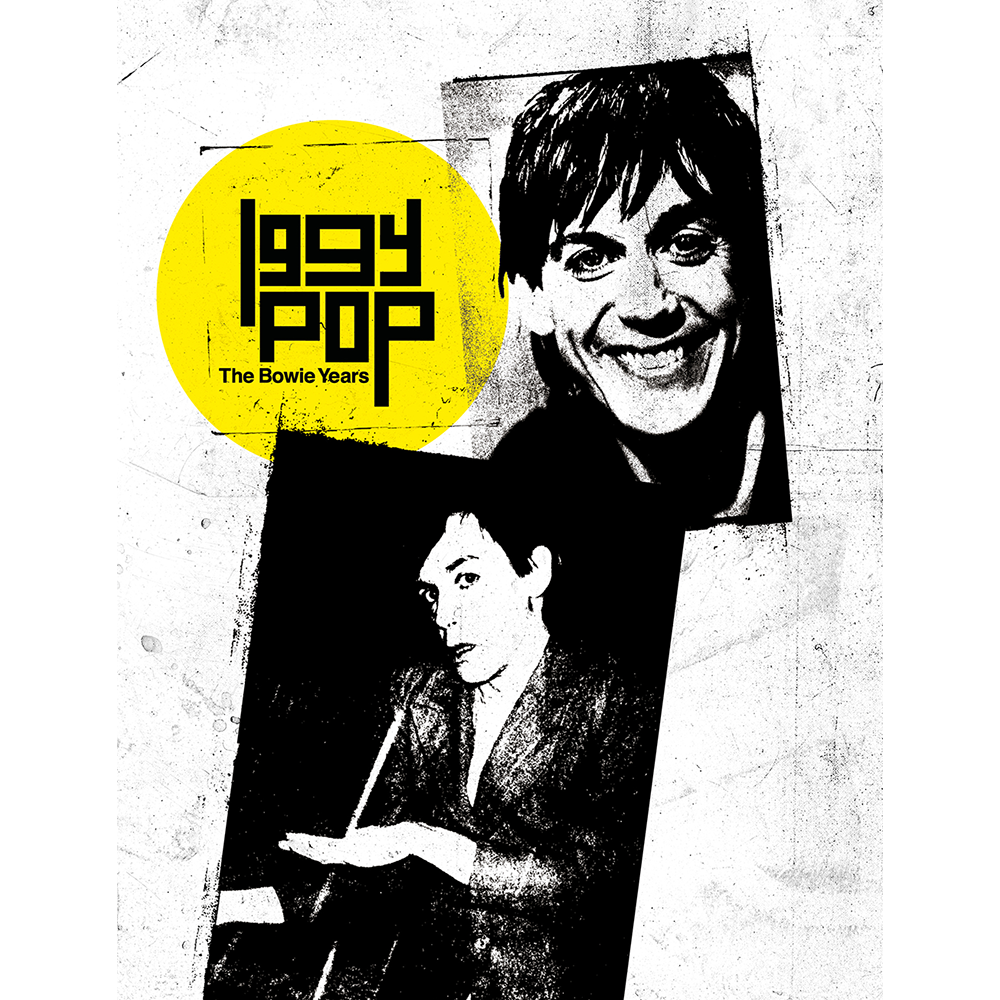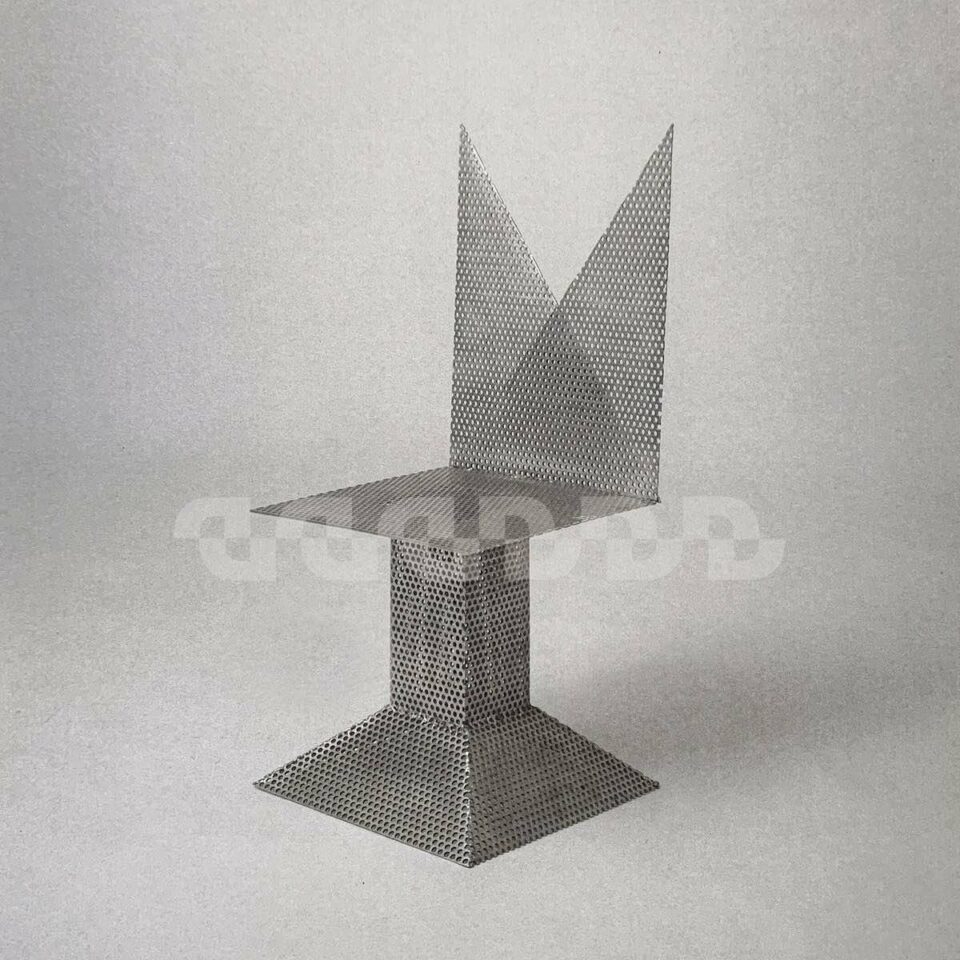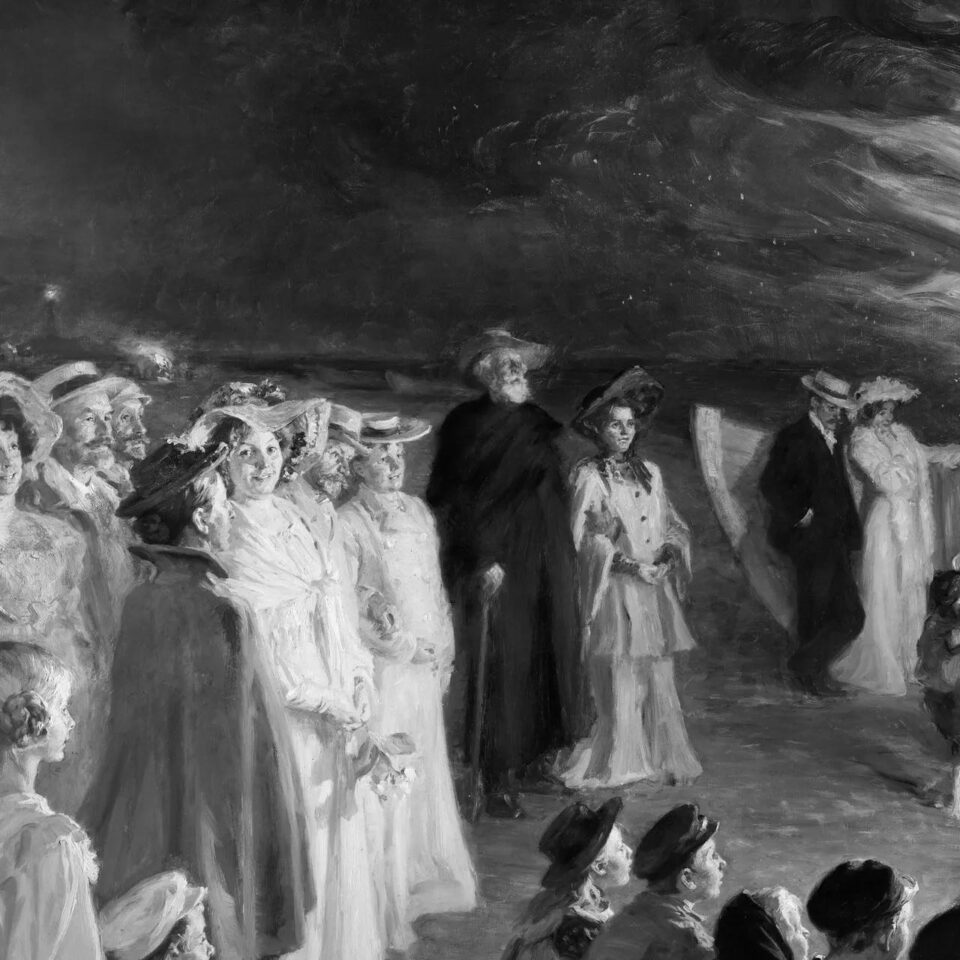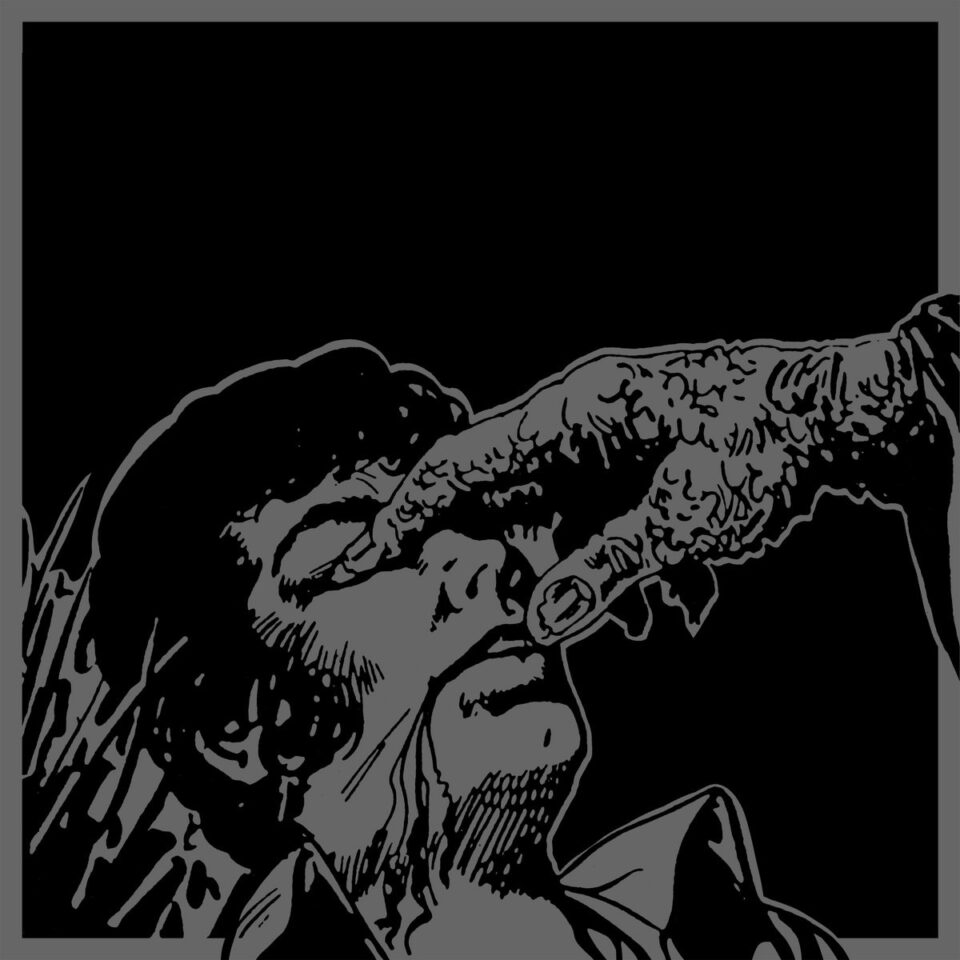Iggy Pop
The Bowie Years
UNIVERSAL
9/10
In 2020, Iggy Pop is a tanned and tawny elder statesman, a punk rock success story (finally) with a Rock & Roll Hall of Fame pedigree, top tier documentaries telling his torrid tale, and a current career that vacillates between quirky projects—such as telling bedtime stories, singing for the Dali Lama, and making French language lounge albums. This Pop is a far cry from the world’s forgotten boy that David Bowie pulled from a self-designated stay at UCLA’s Neuropsychiatric Institute in 1976 (after having produced Iggy & the Stooges’ Raw Power to muddy, glam rock refinement), brought onto the road, and whisked into Hansa Tonstudio by the Wall in West Berlin to craft an experimental union of both men’s healing aesthetics.
The Bowie of 1976 and 1977—from the robot soul of Station to Station to the synthetic European canon that is Low and Heroes—was on the prowl, and ready to shake off any of the shackles of convention. In Iggy Pop, the usually more-mannered Bowie found his id, the primal guttural voice to his cerebral processes, a fellow nihilist, the hellion yin to his yang. He went so far as to tell Kurt Loder that, “Poor [Iggy], in a way, became a guinea pig for what I wanted to do with sound. I didn’t have the material at the time, and I didn’t feel like writing at all. I felt much more like laying back and getting behind someone else’s work.”
Yet The Idiot and Lust for Life—the central albums and sole studio efforts of the new seven-CD box set The Bowie Years—are hardly the sound of one artist laying back or another merely allowing himself to be a test subject. Together, Bowie and Pop all but forged a raw, sketchy, true alternative sound.
The Idiot is the more sensationally gangly and ungainly of the two albums the pair recorded in West Berlin. Using a dirt-rattling baritone that he’d only alluded to with The Stooges, Pop works wretched poetic magic over icy monochrome melodies and motorik rhythms, while Bowie, producer Tony Visconti (really just brought in to fix the album’s wrecked demo-like tone), and band (Bowie’s touring crew) craft an abrasive churning behind him. Sometimes the result is the moldy kink and Kraut-funk of “Sister Midnight.” Sometimes it’s dank jazz (“Tiny Girls”), lurid cabaret (“Nightclubbing”), or metronomic death disco (“Funtime”). Other times within The Idiot’s cold framework, the sonic vibe is as soul-crushing as its lyrics. On “Dum Dum Boys,” a scarred and ruminative Pop laments the Detroit of his youth, and those former Stooges bandmates he made part of his madness. On the Eraserhead-like “Mass Production,” Pop’s poetry is as brusque and broken as is the tune’s sad soundtrack.
Lust for Life, generally considered to be the more Iggy of the pairings due to its jaunty, punkish uplift, is no less of a collab with Bowie. Famously, Bowie is the author of the Bo Diddley–like title track with its steal from the Morse code opening to the American Forces Network news in Berlin. “Some Weird Sin” and “Tonight” could pass for Diamond Dogs outtakes from Bowie’s Orwellian epic of 1974. What emboldens this album, brightens and lightens it, while maintaining its often maudlin mood (e.g. the rabid heroin abuse at the heart of “Turn Blue”), is the pummeling rhythm section of Tony and Hunt Sales.
Bassist Tony and drummer Hunt not only give the haunted album’s title track its unforgettable vibrancy and thunder, they turn the goofily romantic “Fall in Love with Me” and the eerily prismatic travelogue “The Passenger” both into something rollicking. The brothers turn Lust for Life on its ear, and are as important a set of twins as Bowie and Pop. In turn, Pop opens up the vibrato to his voice’s higher end, adds a goosed-up cackle, and the whole affair comes alive.
The 1977-recorded-and-released live album TV Eye (which sounded then, and now, as if it was cassette-taped from a phone booth across the street from the venue) along with several additional better recorded sets from London’s Rainbow Theatre (Finsbury Park), The Agora (Cleveland), and the rare live tapes of Mantra Studios (Chicago), open the Iggy-Bowie moment to something less steely and more sweat-filled. In particular, older Stooges tracks such as the hammered “Raw Power,” the slithery “Gimme Danger,” and the shimmying “Search and Destroy” are given amphetamine-fueled, blasted-out live renditions future Pop bands could never achieve—obviously not including the actual reunion of The Stooges. The only hitch to the box? You wish there were more outtakes to the demos/rarities disc, more skewered takes on the likes of “Baby” and “Tiny Girls” included here.
Still, two back-to-back masterpieces and a handful of live shows based upon those inventive epics isn’t bad. Iggy Pop’s Bowie Years were the best of both artists. And the best of those two far surpasses pretty much everything else.









